If there’s one thing we believe to our core, it’s that everyone deserves to see themselves in the beauty world, and making space for that means expanding the notion of the term “beauty” itself. Certainly, there’s plenty of room for improvement (no debate there), but here are three ways we’re happy to see the industry embracing inclusivity. —Emily MacCulloch & Ingrie Williams
Melanin Wins
Beyond brands offering a wider range of foundation shades (case in point: Estée Lauder’s range of 55 hues), the next chapter of shade inclusivity is amplifying BIPOC expertise and experiences behind-the-scenes to create products informed by a diverse POV. One stellar win is a nude nail polish collection curated for all skin tones, the result of a collaboration between Essie and Toronto’s Révolutionnaire. Co-founded by sisters Nia and Justice Faith, Révolutionnaire started with a mission to revolutionize “nude” dance apparel and has grown to include a social network of Gen Z changemakers. Likewise, Smashbox recently tapped into company talent to launch a lipstick, called Be Legendary, made by three women of colour for people of colour. The deep-red hue, perfected for melanin-rich skin by a chemist, makeup artist and product developer, goes well beyond lip service.
Mobility & More
The act of painting on a bright lip or brushing your hair is something many take for granted; in fact, it can prove challenging or impossible for those with limited mobility or impairments. Finally, the beauty biz is starting to catch up, thanks to a few brands leading the way by creating inclusive products that make primping possible for everybody. Guide Beauty—run by Terri Bryant, who has Parkinson’s, and Selma Blair, who has multiple sclerosis—is a line of universally designed cosmetics and tools that opens the door for people of varied mobilities and skill to get precise applications of notoriously tricky products like gel eyeliner. For those who are visually impaired, Pharrell Williams’ Humanrace skincare line (available at Thedetoxmarket.ca) is designed with Braille-printed accessible labels. In the world of haircare, the Manta healthy hairbrush ($42) not only helps minimize breakage while gliding through tangled tresses, but its unique, lightweight and flexible design makes it easier for people with limited strength, dexterity and motor skills to use, compared to a traditional brush.
Ditching Gender Roles
Another piece in the inclusivity puzzle is genderless designs. Whether it’s skincare that doesn’t conform to traditional gender roles or makeup that’s formulated for every face, many brands are tossing aside the limiting idea that products should be made with only one type of person in mind. A perfect example is The Body Shop’s new vitamin C concealer ($18). During the user-trial period for the makeup multi-tasker, the brand included male and transgender candidates in the panel to ensure the coverage performed for all needs, concealing beard shadow along with blemishes and under eye circles. While more brands are getting on board with genderless makeup, skincare lines like Malin+Goetz were early trailblazers of the movement. Their grapefruit face cleanser ($50 at Nordstrom) has been a best seller since 2004.
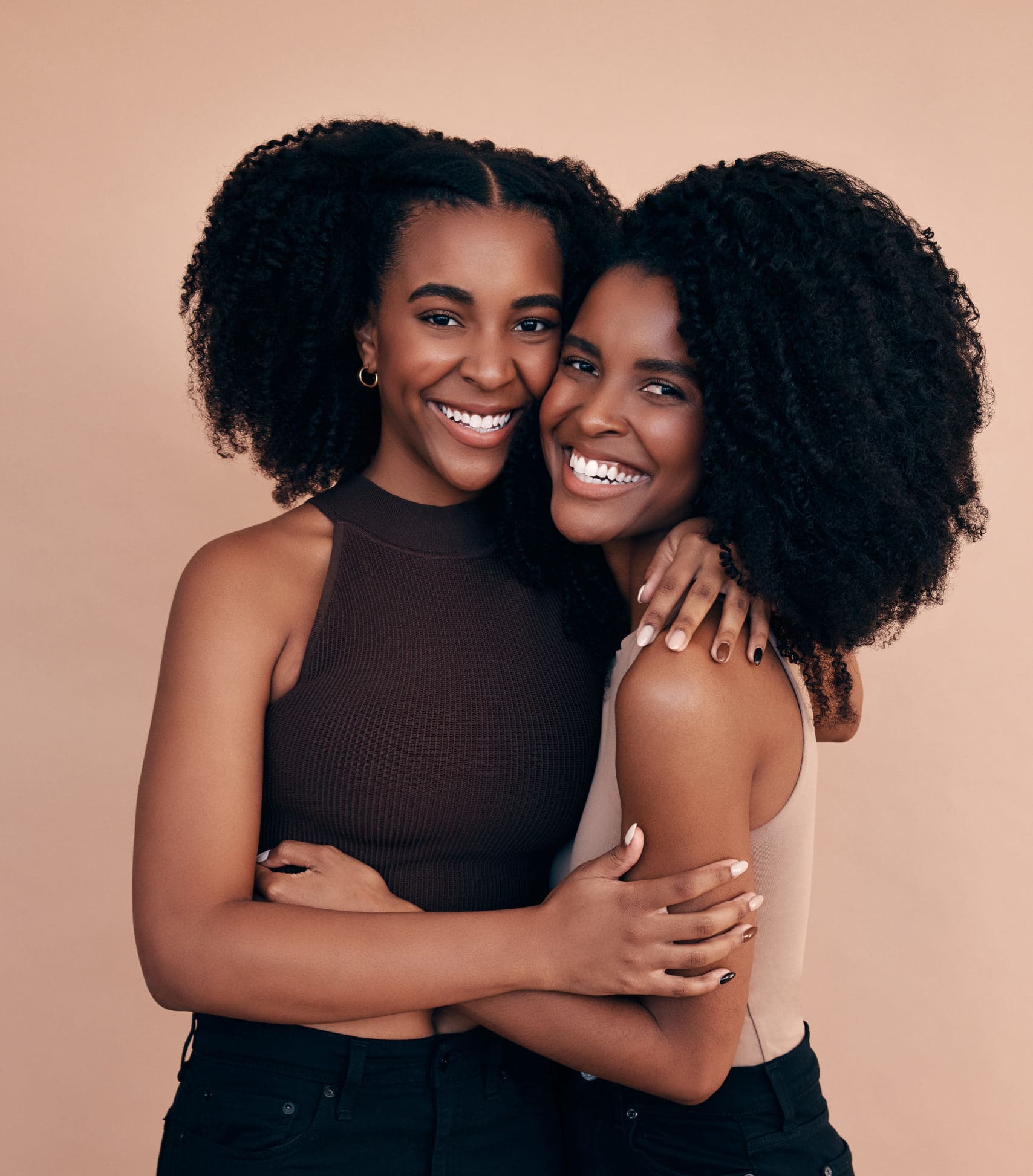
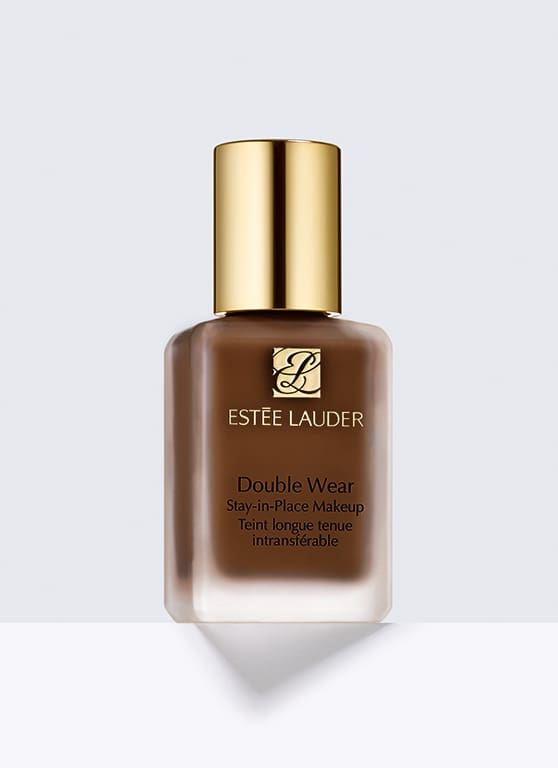
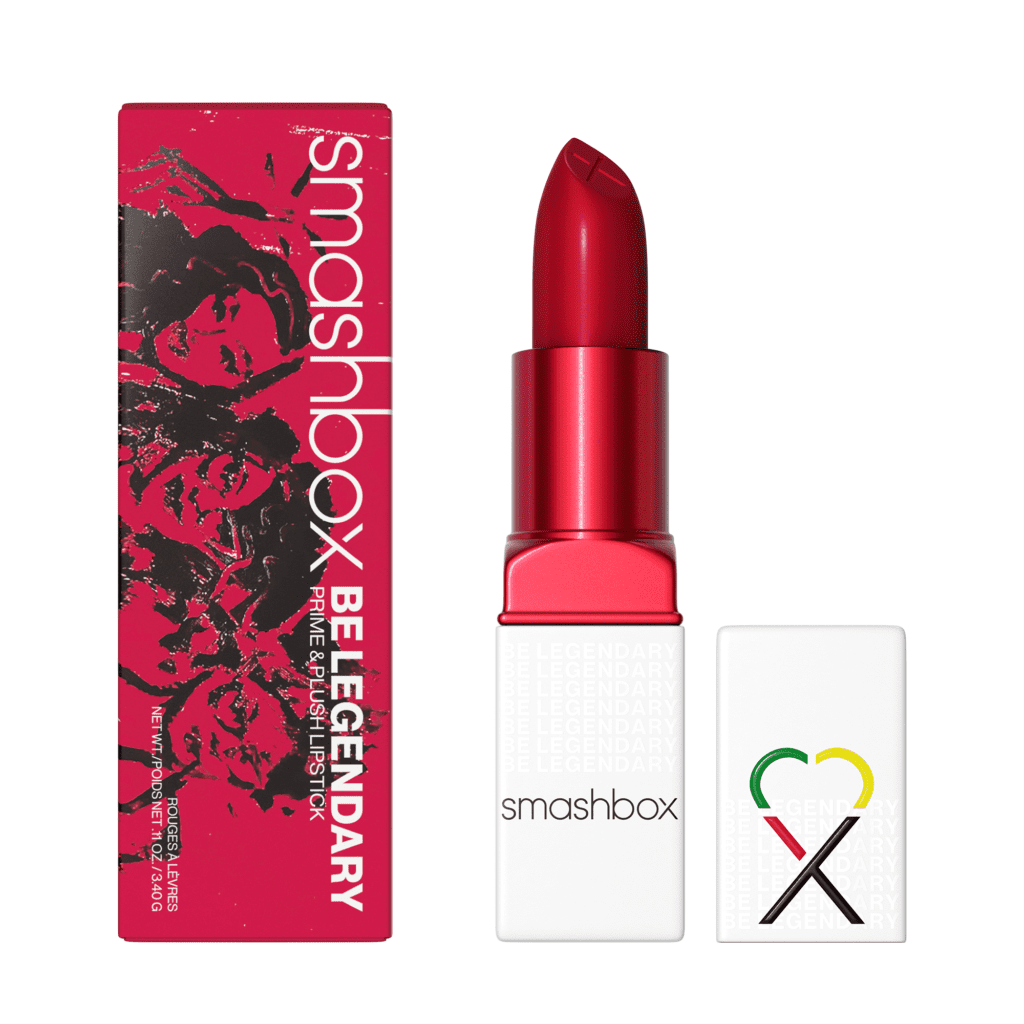
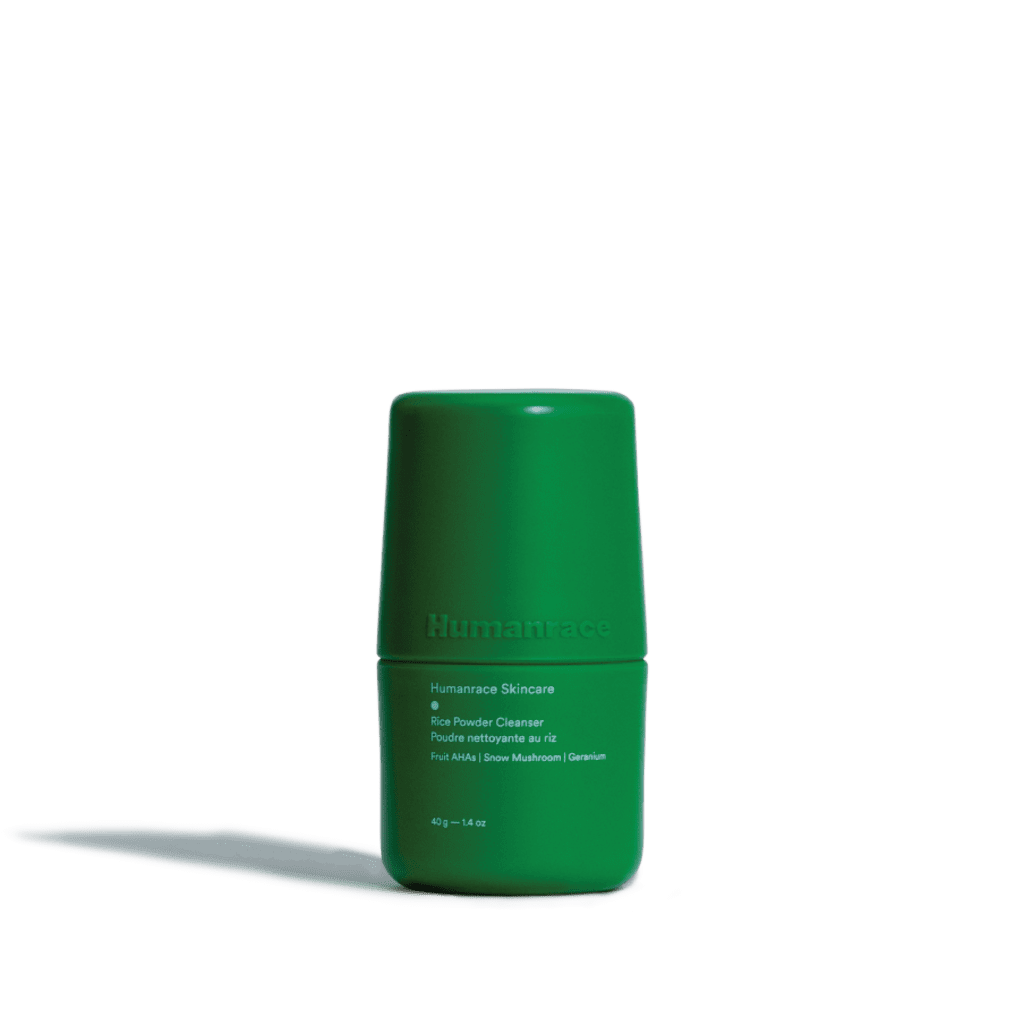
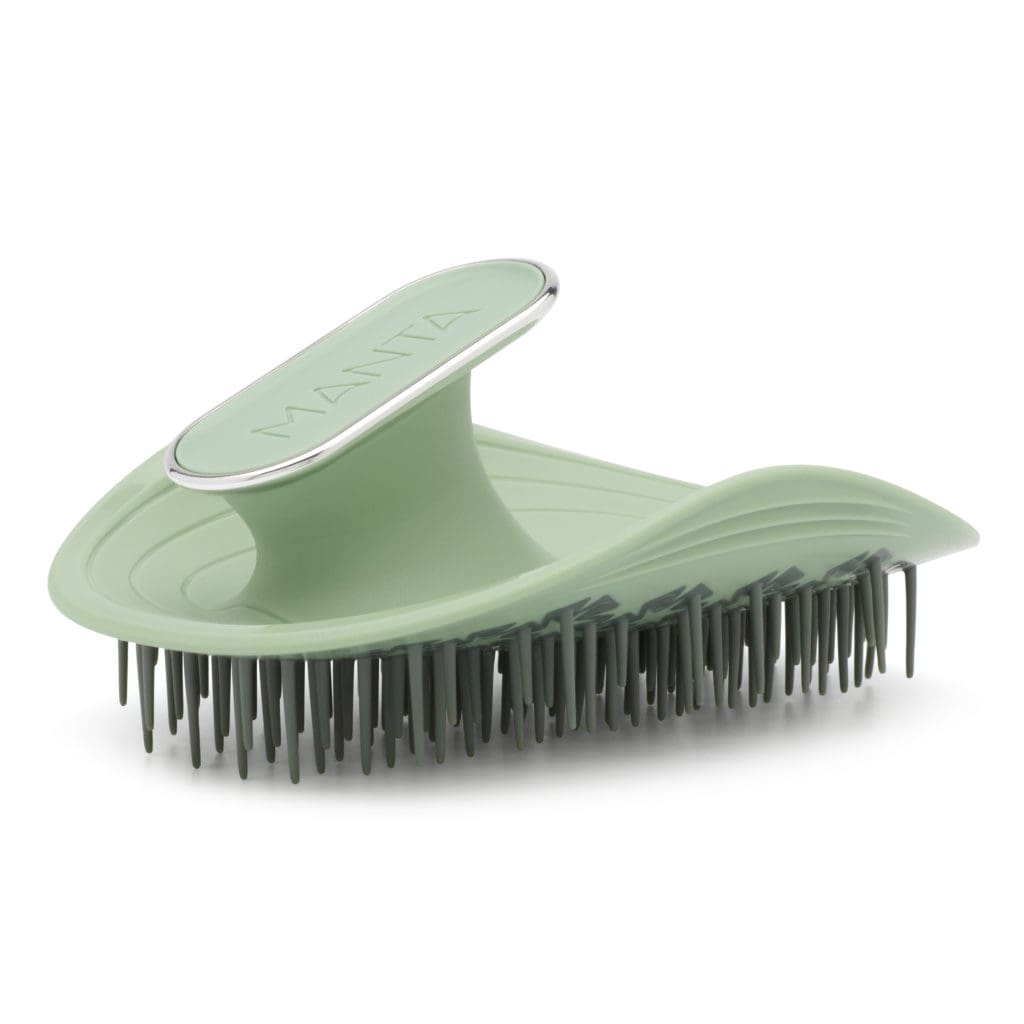
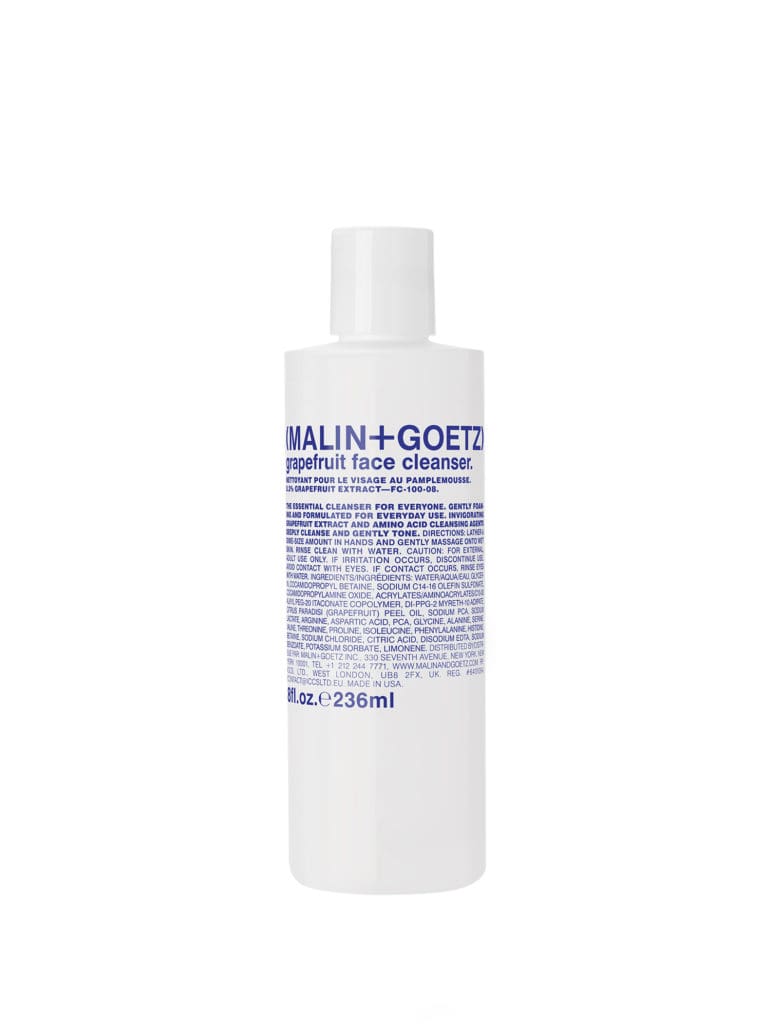
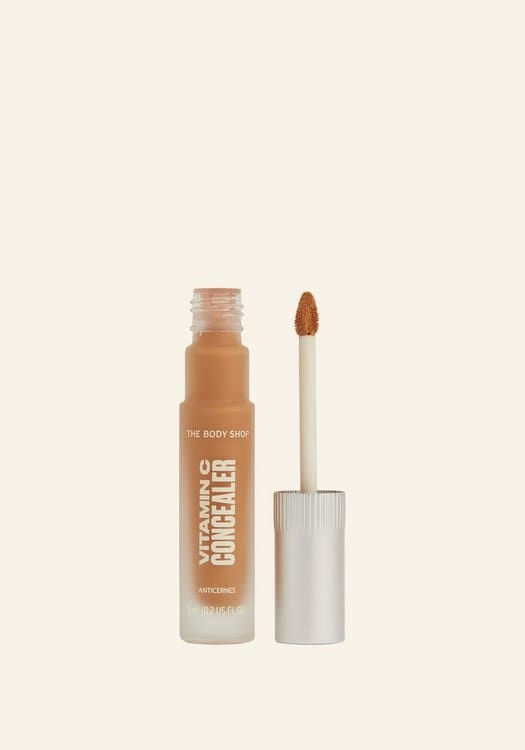
Be the first to comment